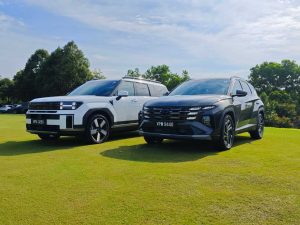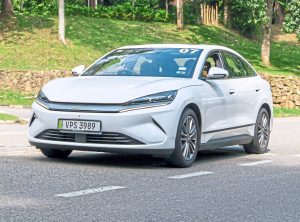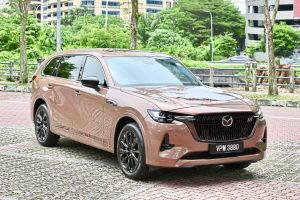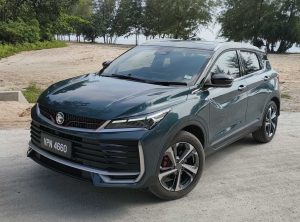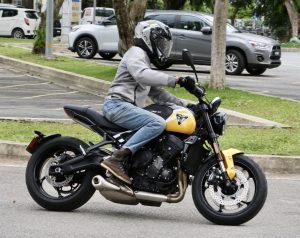CAPE CANAVERAL (Florida): A new autonomous driving world record was set recently by a Maserati MC20 coupe at the Space Florida Launch and Landing Facility (LLF), Kennedy Space Center in Cape Canaveral, Florida.
The LLF facility is one of the world’s longest runways at 4.5km and the historic location for Nasa Space Shuttle landings.
The Indy Autonomous Challenge Maserati MC20 Coupé, guided by artificial intelligence from Politecnico di Milano and modified to run autonomously, reached 318kph autonomously and with no human driver on board.
This surpasses the previously held absolute record for an autonomous car of 310.28kph, set by Indy Autonomous Challenge and PoliMOVE at the same location in April 2022 with an IAC AV-21 racecar.
Development of the AI driver software was completed by the PoliMOVE-MSU team - part of the performance division of AIDA (Artificial Intelligence Driving Autonomous of Politecnico di Milano - Italy’s largest scientific technological university.

The ambitious high-tech initiative was jointly carried out by Indy Autonomous Challenge (IAC) and Politecnico di Milano which partnered with Maserati and 1000 Miglia Experience Florida during the renowned competition’s stop here.
“These world speed records are much more than just a showcase of future technology; we are pushing AI-driver software and robotics hardware to the absolute edge. Doing so with a streetcar is helping transition the learnings of autonomous racing to enable safe, secure, sustainable, high-speed autonomous mobility on highways”, said Indy Autonomous Challenge and Aidoptation BV CEO Paul Mitchell.
“The goal of high-speed tests is to evaluate the behavior of robo-drivers in extreme conditions. These AI systems have been tested in production vehicles at legal road speeds in the Indy Autonomous Challenge races since 2021," said the scientific director of the project and Politecnico di Milano director of the department of electronics, information, and bioengineering Prof. Sergio Matteo Savaresi.
"The AIDA team used this test to push the boundaries of autonomous driving, improving safety and reliability. Conducted in controlled environments without a human driver, the test assesses the AI's stability, robustness, and reaction time, ultimately enhancing safety for low-speed urban mobility situations”, explains

